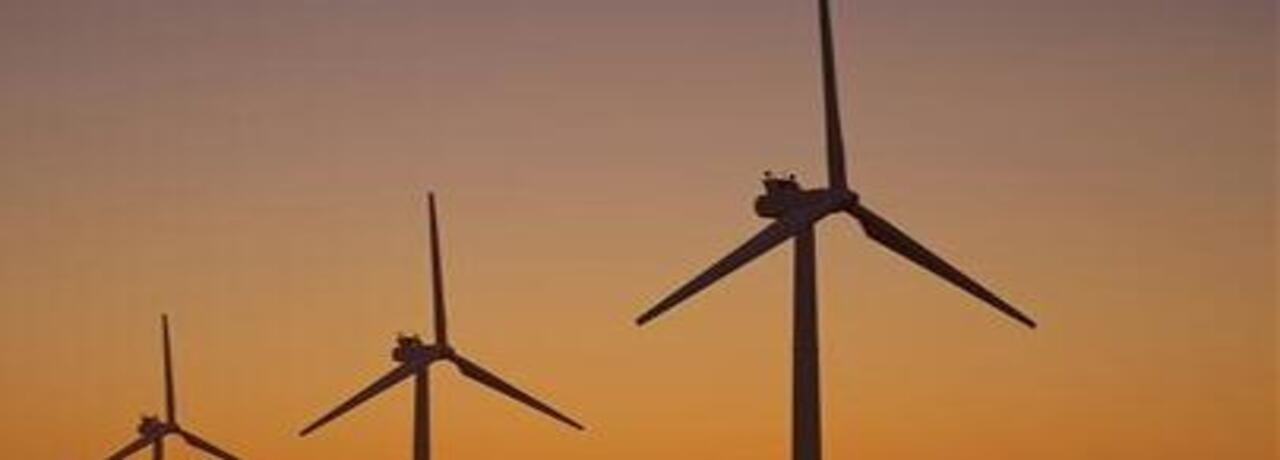Recent trade tension developments between South Korea and Japan (regarding export restrictions of key components) add to the already tense world trade environment and could be detrimental to Asian trade hub economies. Singapore’s Q2 growth came out much less than expected at -3.4% q/q. China’s stability in that regard is essential for the region. China’s q/q growth rate for Q2 accelerated to +1.6%, after a 3-quarter long deceleration, showing signs of an upcoming stabilization. Monthly data also suggest signs of improvement as industrial production accelerated to +6.3% y/y in June after +5.0% in May, while retail sales have accelerated as well. These figures point towards a recovery, albeit a slow one. Indeed, the positive impacts related to the monetary and fiscal stimuli are counterbalanced by external and structural difficulties. The official manufacturing PMI was in contraction territory in June at 49.5, the same as in May, while the non-manufacturing PMI declined to 54.2 in June (from 54.3 in May). Monetary and financial conditions did not significantly improve despite strong monetary support by the PBOC. Therefore, the PBOC is likely to implement additional cuts of the RRR (three before year-end) and additional targeted medium-term lending facility (TMLF) operations, while the government is likely to roll out new measures to support consumption.















